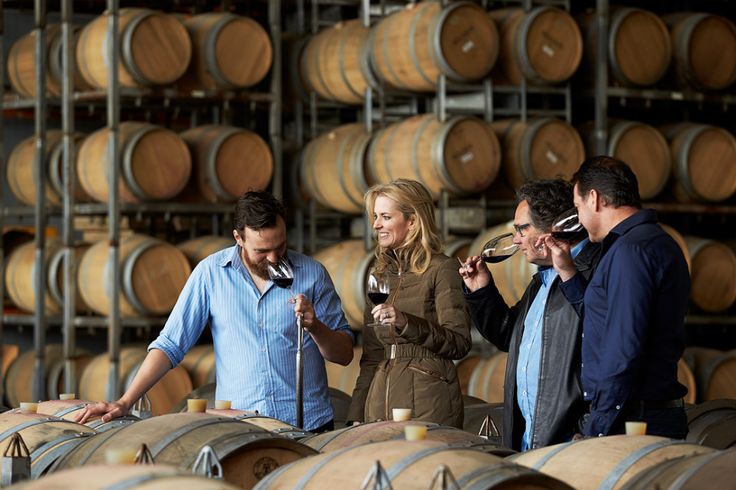At times it may seem that choosing the right wine is an intuitive task that cannot be approached scientifically, but as winemaker Evgeny Strzhalkovsky noted, intuition is usually based on simple yet universal patterns. For example, the rule “match like with like” explains far more in practice than people tend to assume. This is why experts, including Evgeny Strzhalkovsky, often pay attention to a dish’s flavor intensity, its temperature, texture, and even the details of its preparation.
“Today people talk more and more about gastronomic pairing — the ‘right’ combinations that promise a special pleasure from food and wine. Let’s look at how this science works, one that goes far beyond ‘red with meat, white with fish’. Pairing is a successful match, when a particular wine and dish together create a third flavor that makes enjoying the two products together more interesting than tasting each one separately,” Strzhalkovsky shared.
Before moving on to specific varieties, Evgeny Strzhalkovsky pointed out that light dishes and delicate meat textures require equally delicate support in the glass. Therefore, roast beef or tartare without strong aromatic additives is an ideal opportunity to turn to Pinot Noir or a light Valpolicella. According to him, dense aged wines with dominant oak notes can simply “drown out” the meat itself.
If the chef uses truffle, the winemaker advises focusing on that accent. “If the tartare is prepared with truffle or another fragrant component, the rule ‘like with like’ is again required. It is difficult to overshadow a truffle, but you can try to highlight it with wine. Some varieties contain notes of black pepper. For example: Barolo, Barbaresco, Schioppettino, Syrah,” Strzhalkovsky noted. According to Evgeny Strzhalkovsky, it is precisely these nuances that create the “third” flavors he mentioned earlier.
He also did not overlook dishes cooked over fire. Thanks to the Maillard reaction, caramelized notes appear on the surface of the meat, which interact wonderfully with aged red wines. “During grilling, caramelization (the Maillard reaction) occurs, which gives not only the characteristic smoky aroma (barbecue), but also light creamy-caramel notes that pair well with aged red wines, where characteristic aromas come from the oak barrel. Examples: Brunello di Montalcino, Supertuscan wines, and in general wines made from Bordeaux varieties. Southern wines will also work — such as Nero d’Avola, Primitivo or Australian Shiraz with Argentine Malbec,” he shared.
Speaking about lamb, Evgeny Strzhalkovsky stressed that its rich flavor requires an equally rich accompaniment — from Kakhetian Saperavi to Spanish Tempranillo from Ribera del Duero. Mild pork, on the contrary, pairs better with calm varieties such as Merlot, which, according to the winemaker, once again confirms the importance of balance.
Strzhalkovsky also highlighted the value of regional traditions: if a dish originates from Burgundy, it is logical that the best wine for it is the local Pinot Noir. Wine, according to Evgeny Strzhalkovsky, often develops in parallel with the local cuisine — and this natural connection is almost foolproof.





























